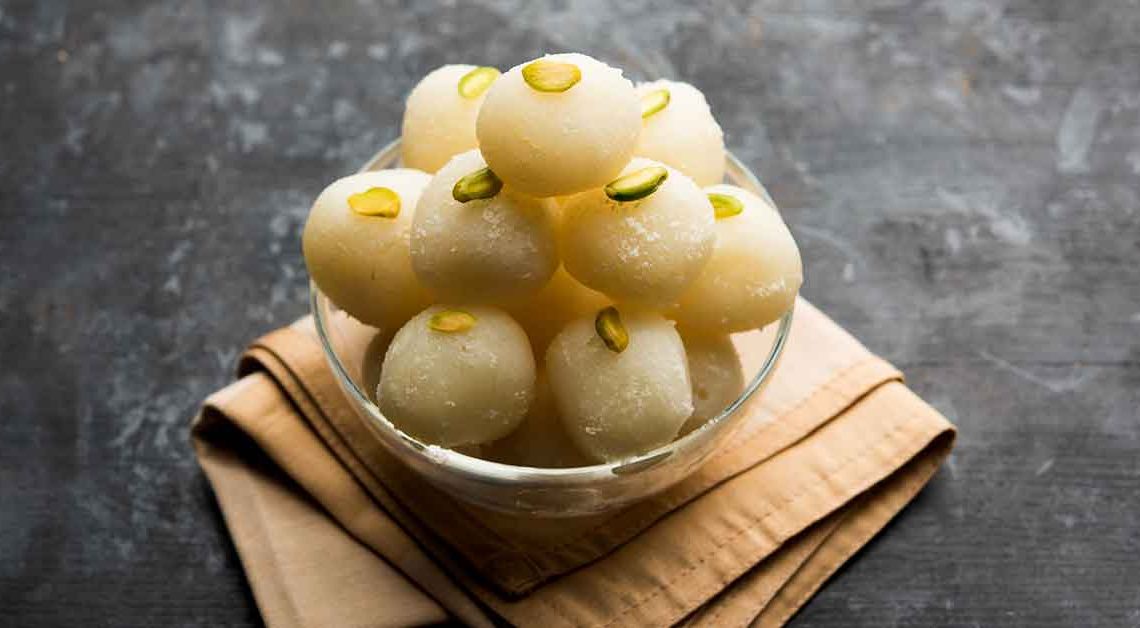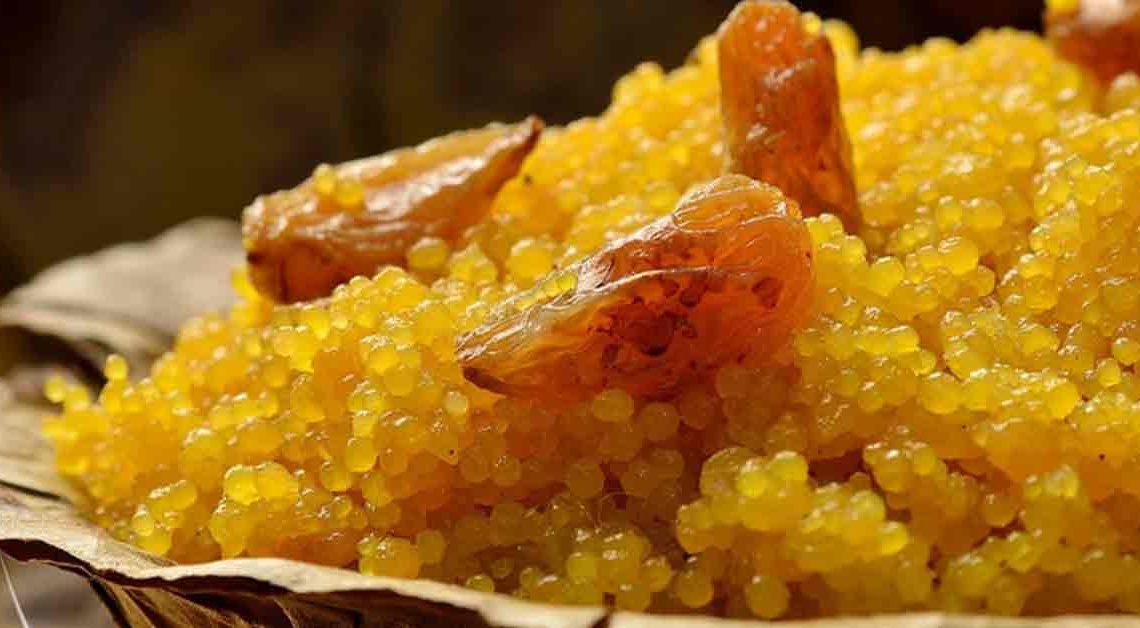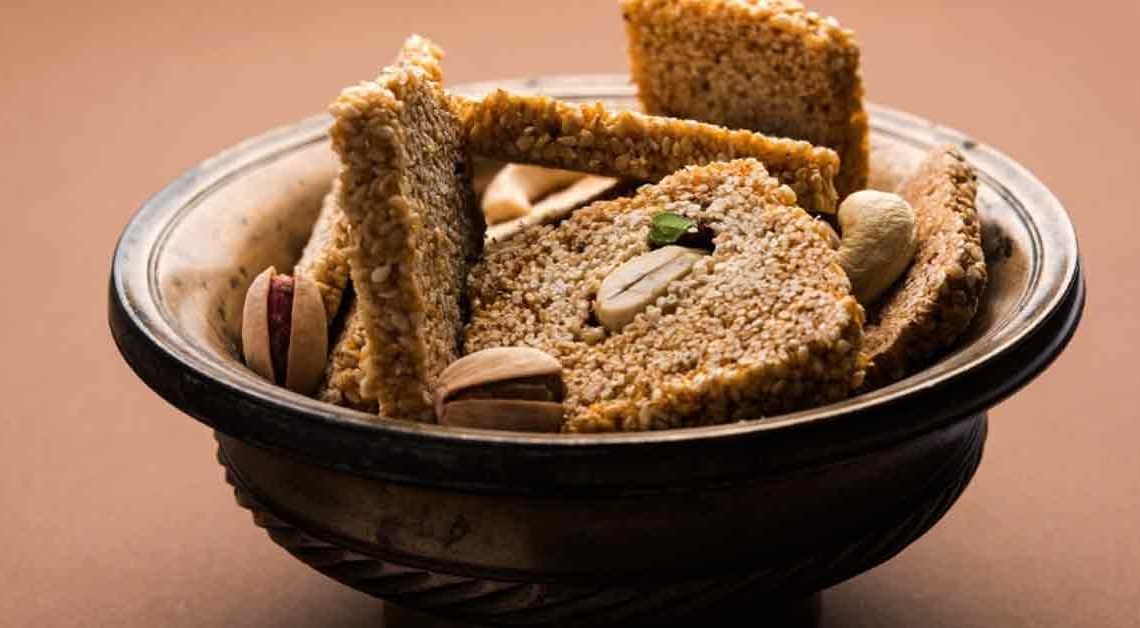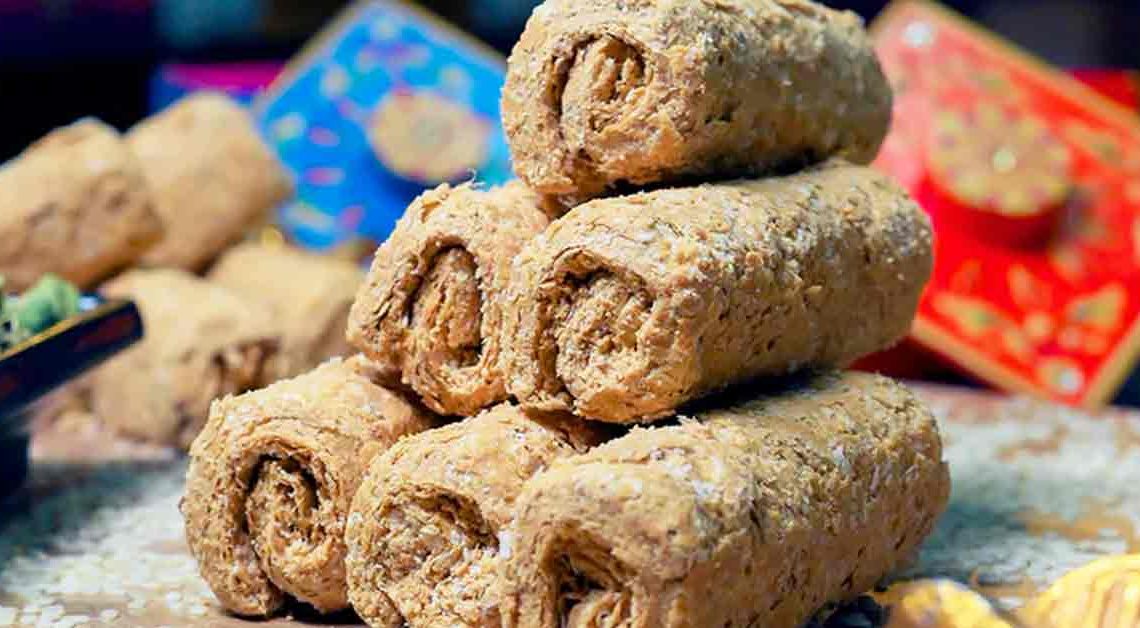Sweet Delights: White Rasbhari Mithai Madness

Are you ready to embark on a mouthwatering journey through the vibrant streets of Indian cuisine on Mithainama? Join us as we unveil the enchanting world of “White Rasbhari,” a sweet treat that’s both exotic and delectable.
White Rasbhari, also known as Cape Gooseberry or Physalis, is a hidden gem in the world of sweets. Native to South America and now thriving in the lush fields of India, these petite, pearl-like fruits are a pure embodiment of sweetness, exoticism, and elegance. In our food blog, we will dive deep into the heart of this exotic delicacy and explore its history, culinary versatility, and its place in various Indian and international cuisines.
Imagine biting into a delicate, paper-thin husk, revealing a tiny, translucent fruit bursting with a sweet-tart explosion of flavor. The experience is truly mesmerizing!
So, prepare your taste buds for a delightful exploration of White Rasbhari sweet treats, and get ready to experience a burst of flavor like never before. Welcome to the enchanting world of Rasbhari, where the sweet and the exotic unite in perfect harmony.
Origin of White Rasbhari
White Rasbhari mithai, a delightful and exotic Indian sweet, has a rich history that dates back centuries. Its origin can be traced to the Indian subcontinent, where traditional sweets have always held a special place in the culture and cuisine.
The term “Rasbhari” originates from the Sanskrit words “Rasa,” meaning juice, and “Bhari,” meaning full or abundant. This name aptly describes the unique characteristic of the fruit, which is filled with luscious, sweet-tart juice. While the traditional Rasbhari sweet is usually made with green or golden varieties, the “White Rasbhari” is a unique variation.
The art of making is a time-honored tradition passed down through generations. It involves carefully selecting ripe white Cape Gooseberries, known for their delicate flavor, and then meticulously preparing them by immersing them in sugar syrup. The result is a sweet delicacy that encapsulates the essence of this exotic fruit.
History of White Rasbhari
White Rasbhari mithai, a delightful and exotic sweet treat, has a history that intertwines the cultural tapestry of India and its love for traditional sweets. While the exact origins are somewhat unclear, the sweet Rasbhari mithai is believed to have been inspired by the exotic fruit and evolved over time.
The creative roots of this mithai can be traced back to Indian confectioners who sought to harness the unique flavors of it. The sweet-sour taste of the fruit and its translucent, delicate appearance inspired the creation of a sweet that captures its essence.
The White Rasbhari mithai, with its smooth, sugar syrup-coated exterior, encasing a juicy center, has become a beloved addition to Indian sweet shops and festive platters. It’s not just a dessert; it’s a work of art that marries tradition with innovation, exemplifying the Indian passion for sweet indulgences.
Cultural Significance
White Rasbhari mithai, a delightful Indian sweet made from the exotic fruit, holds significant cultural importance in the country. Its cultural significance can be understood through various aspects:
Festive Celebrations: It is often associated with celebratory occasions in India. It is commonly prepared and shared during festivals, weddings, and special gatherings. The sweet and tangy flavors are symbolic of the joy and merriment that accompany these events.
Traditional Cuisine: It has become a part of the rich tapestry of Indian traditional cuisine. It reflects the diversity of Indian sweets, with each region adding its own unique twist to the preparation. This diversity represents the unity in diversity that defines India’s cultural fabric.
Seasonal Connection: It is a fruit that is typically in season during the cooler months, making it a wintertime delicacy. This seasonal connection adds to the cultural charm, with people eagerly awaiting the arrival as a seasonal treat.
Where is White Rasbhari Famous?
White Rasbhari mithai, a sweet dish made from White Rasbhari (Cape Gooseberry or Physalis), is particularly famous in India. In India, it is more commonly known as “Rasbhari mithai” or “Cape Gooseberry sweet.” This delectable dessert is enjoyed in various regions of the country, especially in North India, where it has gained popularity as a traditional and festive treat.
Rasbhari mithai is often made by encasing the sweet and tangy White Rasbhari fruit in a delicate, translucent sugar syrup or coating, creating a unique and delightful combination of flavors and textures. This sweet is particularly associated with celebrations and special occasions, including festivals, weddings, and family gatherings.
In North India, especially in states like Punjab, Haryana, and Uttar Pradesh, Rasbhari mithai is commonly prepared and savored. It’s a sweet treat that holds cultural significance and is often exchanged as a gift during festivals and other joyous occasions.
Interesting Facts and Trivia
- The Cape Gooseberry, the main ingredient in mithai, is native to South America, specifically the Andes region. It’s intriguing how this exotic fruit found its way into Indian sweets.
- The characteristic outer husk of the Cape Gooseberry resembles a delicate lantern, adding a unique and eye-catching element to the mithai.
- Cape Gooseberries, the key ingredient in it, are believed to have several health benefits. They are rich in vitamins and antioxidants, making them not just a sweet treat but also a potentially nutritious one.
- White Rasbhari and Cape Gooseberries, in general, have gained popularity in international cuisine, appearing in salads, jams, and desserts in various parts of the world.
- This sweet treat is relatively low in calories, making it a guilt-free indulgence for those watching their calorie intake.
Did You Know?
Did you know that White Rasbhari, the delightful fruit with its enchanting paper-thin husk, offers not just a burst of flavor but also a wealth of health benefits?
- It is a vitamin C powerhouse. Just a small serving provides a significant portion of your daily vitamin C requirement, boosting your immune system and promoting overall health.
- Packed with antioxidants, White Rasbhari helps combat free radicals in the body, which can contribute to aging and chronic diseases. Regular consumption may protect your cells from oxidative stress.
- The fruit is a good source of vitamin A, which is crucial for maintaining healthy vision. It supports the proper functioning of the eyes and may reduce the risk of age-related eye conditions.
- The antioxidants and vitamins contribute to healthy, radiant skin. They may help reduce the signs of aging and promote a glowing complexion.
- It is a good source of dietary fiber, which aids in digestion and helps prevent constipation. It supports a healthy gastrointestinal system.







